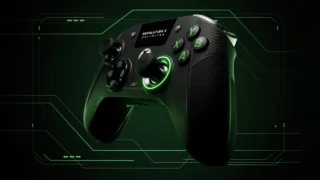Unlike its competitors in the foldable phone market, Apple is known for its commitment to providing a perfect user experience, taking no action. Central to this goal is minimizing the visible, distracting screen scarring that becomes more noticeable as the screen folds. According to Bloomberg’s Mark Gurman, Apple is switching from an on-cell touch sensor architecture to a more advanced and durable in-cell design to address this issue in its foldable iPhone.
In-Cell Technology: The Solution for Foldable iPhones
In the on-cell technology used in existing foldable displays, the touch sensor layer is positioned above the color filter, close to the glass. This structure creates air gaps between the layers over time, which can cause wrinkles to become more pronounced after thousands of folds and unfolds.

Apple’s in-cell architecture integrates the touch sensor directly into the display panel layers. This eliminates air gaps between the layers, creating a smoother surface and virtually invisible scarring at the fold. This technological change increases the device’s longevity and provides one of the most significant reasons why Apple’s foldable phone has been delayed in its launch.
Apple’s insistence on developing a seamless hinge mechanism and a seamless display appears poised to allow the company to enter the market years after competitors like Samsung and Google. However, the tech giant’s strategy is not to be the first to market, but rather to set the standard in the category by offering the most refined and seamless product.
Mark Gurman’s report also includes other exciting details about the foldable iPhone. The device is expected to use Apple’s proprietary “C2” modem chip, designed in-house, for more efficient and robust connectivity. It’s also rumored that Touch ID, a long-awaited feature, will return, integrated into the power button.













